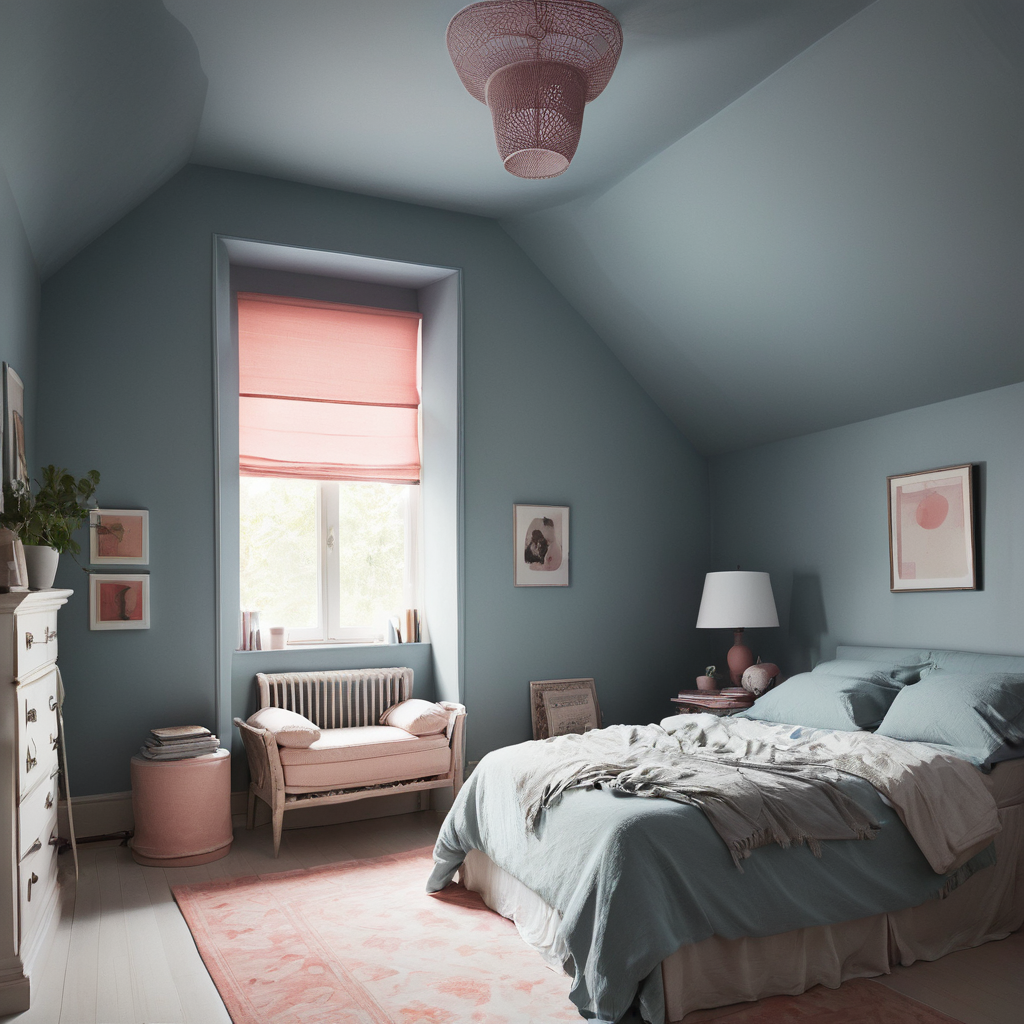
Color washing is a decorative painting technique that creates a unique, textured look on walls. Often used to add depth and a subtle, layered effect to interior spaces, color washing can transform plain walls into visually interesting surfaces with a sense of warmth and sophistication. Here’s an in-depth look at what color washing is, how it’s done, and the effects it achieves.
1. What is Color Washing?
Definition: Color washing is a painting technique that involves applying a thin, translucent layer of paint over a base color to create a washed, uneven look. This technique imparts a soft, aged, or weathered appearance to walls and can add depth and character to a room.
Process Overview: The color washing process typically involves:
- Applying a Base Color: A base coat of paint is applied to the wall. This base color serves as the foundation for the color wash.
- Mixing the Wash: A color wash mixture is prepared, usually consisting of a glaze or diluted paint mixed with a tint of the desired color.
- Applying the Wash: The color wash is applied over the base coat using a brush, sponge, or rag. The technique used can vary to achieve different textures and effects.
- Blending and Softening: The wash is blended and softened to ensure a smooth, even appearance and to achieve the desired effect.
2. Techniques for Applying Color Washing
Brush Technique: A brush is used to apply the color wash in a sweeping, random motion. This technique can create varied textures and patterns, depending on the brush’s size and the application method.
Sponge Technique: A sponge is dabbed into the color wash and applied to the wall. This method provides a more textured, dappled effect and is often used for achieving a softer, more subtle finish.
Rag Technique: A rag or cloth is used to apply and manipulate the color wash. This technique allows for greater control over the texture and blending of the wash, creating a more customizable finish.
3. Achieving Different Effects with Color Washing
Aged or Weathered Look: Color washing can give walls a distressed or antique appearance, making them look like they have been exposed to the elements over time. This is achieved by using a base color that contrasts with the wash color, creating a layered effect.
Soft and Subtle: For a softer, more subtle effect, a light color wash is applied over a base color that is similar in tone. This technique adds a gentle texture and depth without overwhelming the base color.
Vibrant and Bold: By using contrasting colors or multiple layers of wash, color washing can create a more dynamic and vibrant look. This approach is often used to add a dramatic effect to a room.
4. Benefits of Color Washing
Texture and Depth: Color washing adds visual interest to walls by introducing texture and depth. The technique can enhance the overall ambiance of a room, making it feel warmer and more inviting.
Customizable Finish: The color washing technique is highly customizable, allowing homeowners and designers to create a wide range of effects, from subtle and understated to bold and dramatic.
Camouflaging Imperfections: The texture created by color washing can help mask minor imperfections and inconsistencies in the wall surface, providing a more uniform appearance.
Artistic Flair: Color washing adds an artistic touch to interior spaces, allowing for creative expression and unique wall treatments that reflect personal style.
5. Considerations for Color Washing
Surface Preparation: Proper surface preparation is essential for achieving a successful color wash. Walls should be clean, dry, and free of imperfections before applying the base coat and color wash.
Practice and Technique: Color washing requires practice to master. Experimenting on a small, inconspicuous area or a sample board can help refine the technique and achieve the desired result.
Maintenance: While color washing can be durable, it may require periodic touch-ups or maintenance to keep the finish looking fresh and vibrant over time.
Color washing is a versatile and artistic painting technique that enhances walls with texture, depth, and visual interest. By applying a translucent layer of paint over a base color, color washing creates a unique, layered effect that can transform the ambiance of a room. Whether aiming for a subtle, aged look or a bold, dynamic finish, color washing offers a creative way to personalize interior spaces and achieve a distinctive aesthetic. With proper preparation and technique, this decorative method can add lasting beauty and character to any setting.
Cedar Hill St. Louis Jefferson County Olivette Kirkwood Ballwin Arnold Franklin County St Charles County Fenton High Ridge Dittmer Creve Coeur
